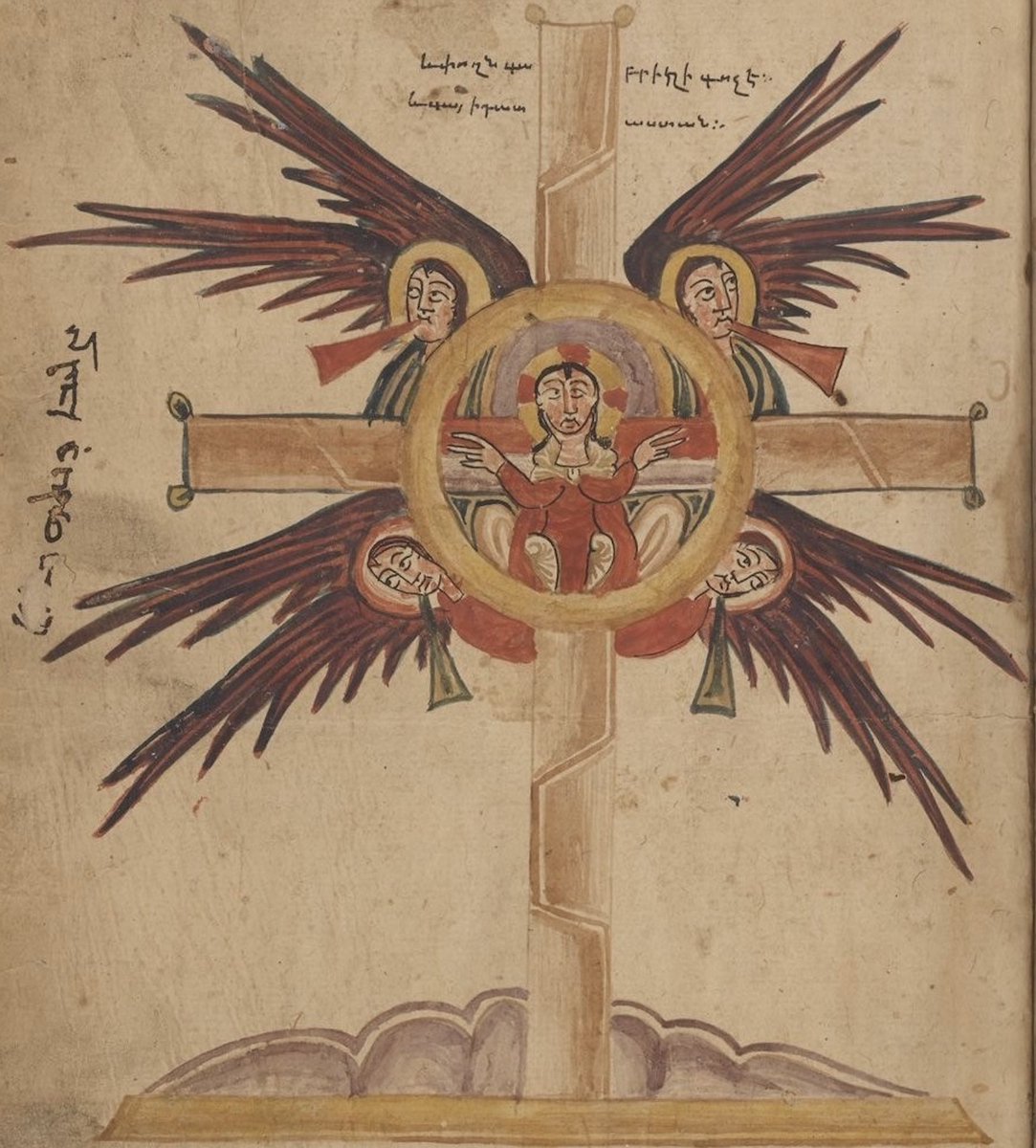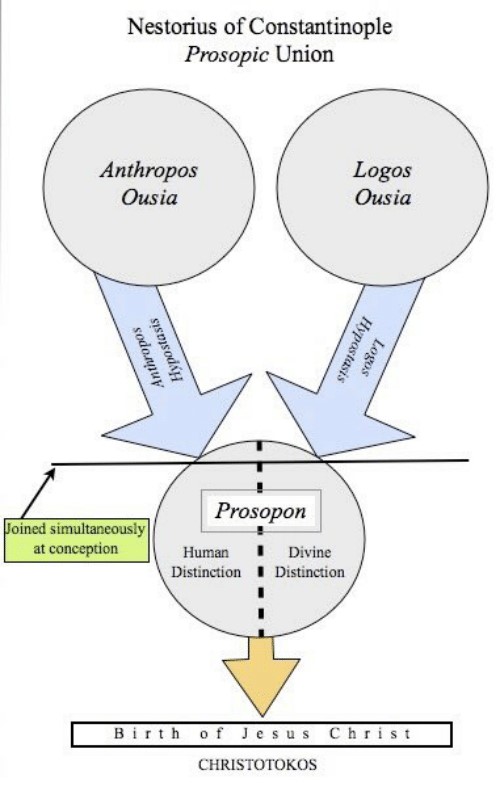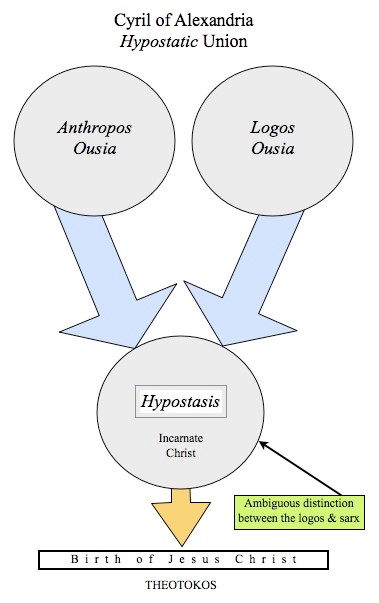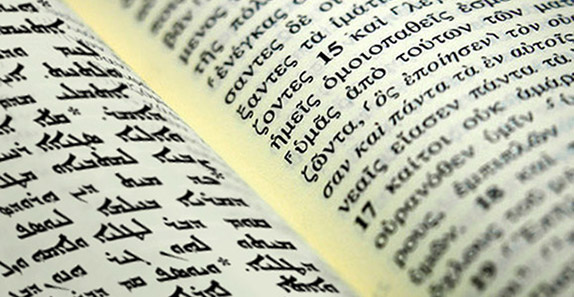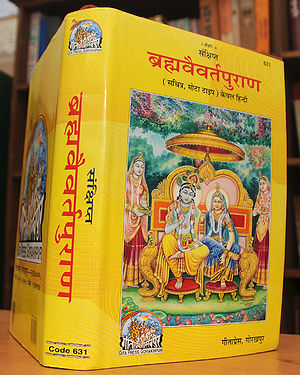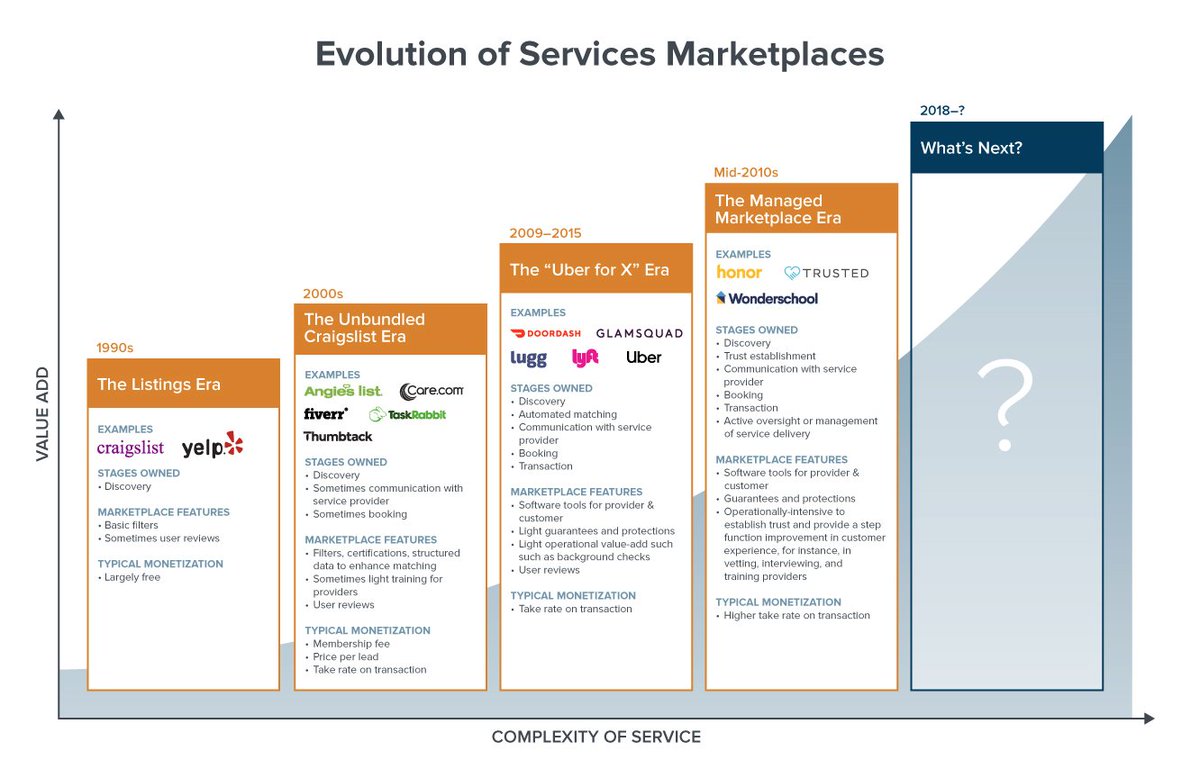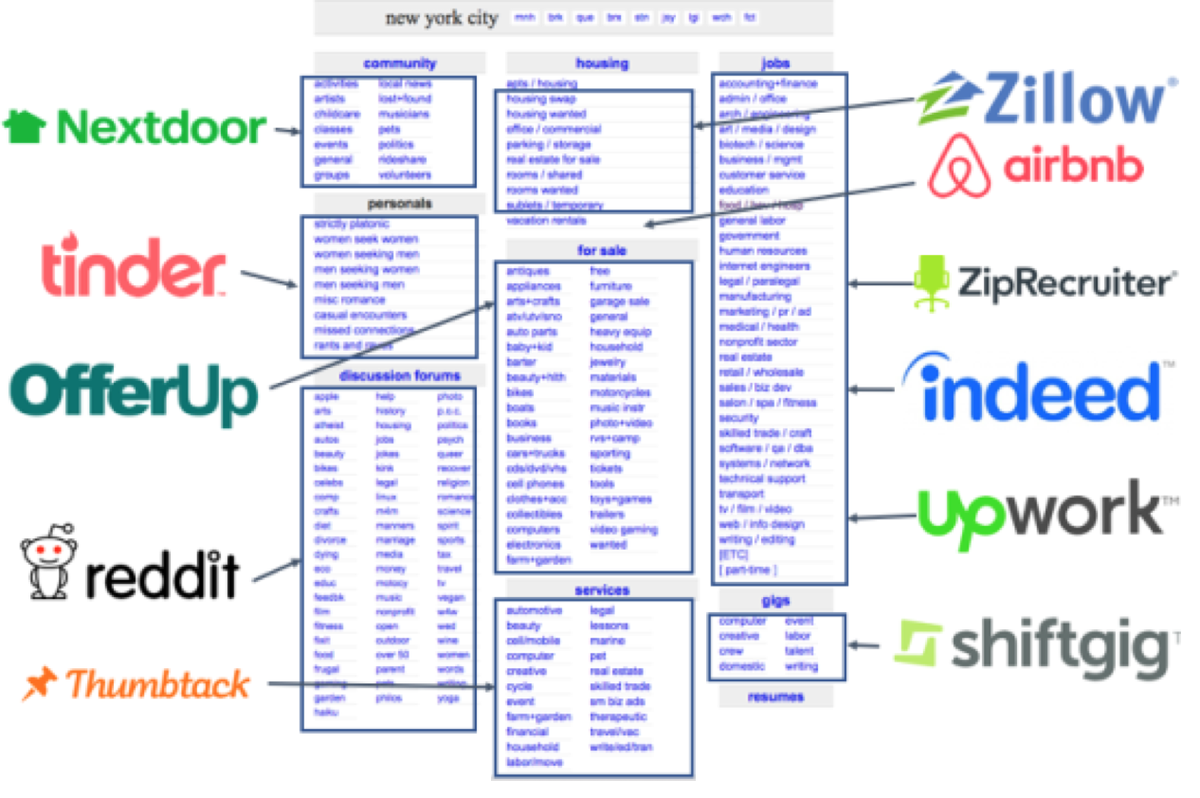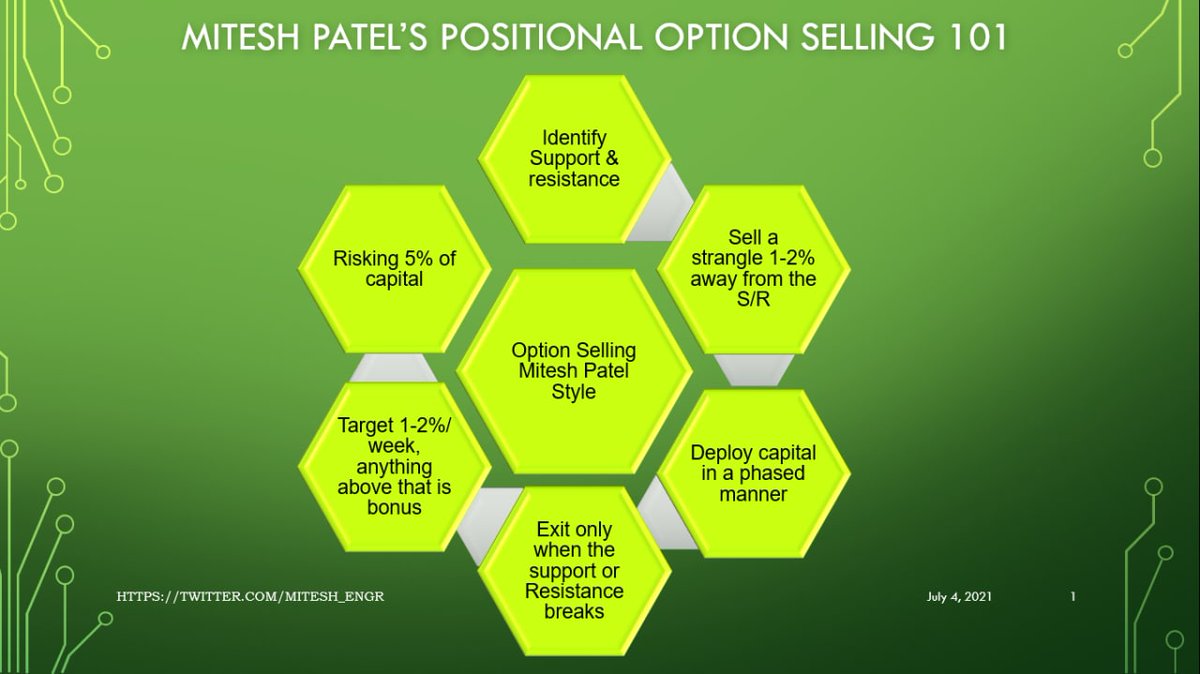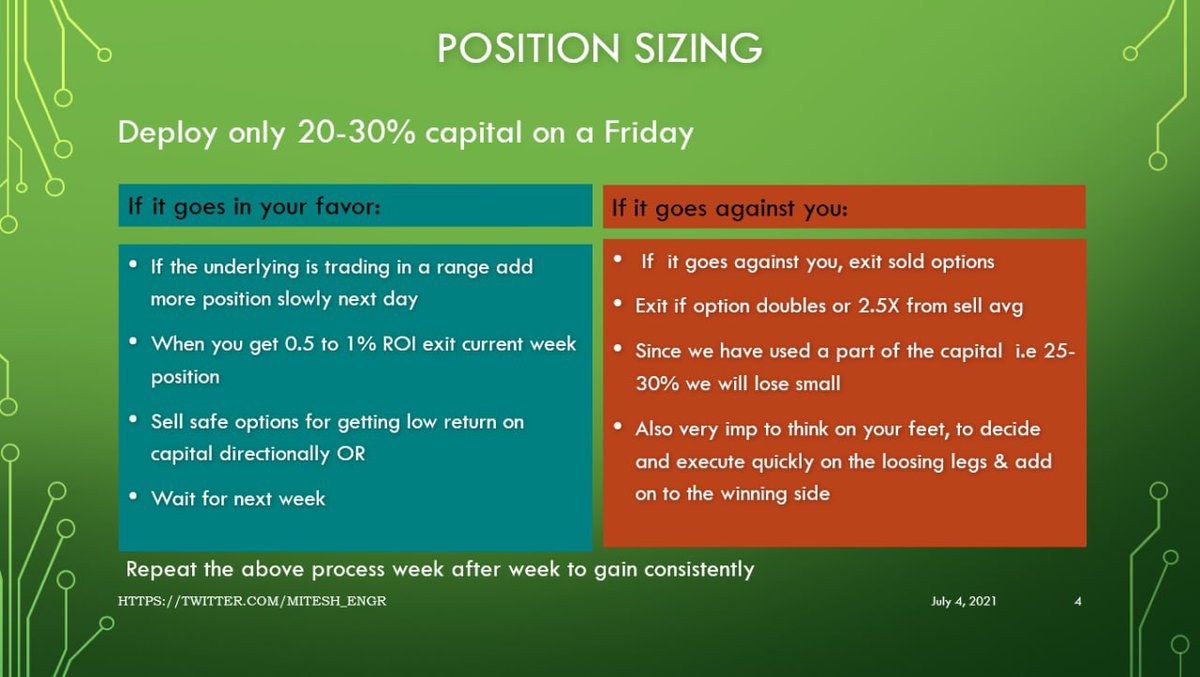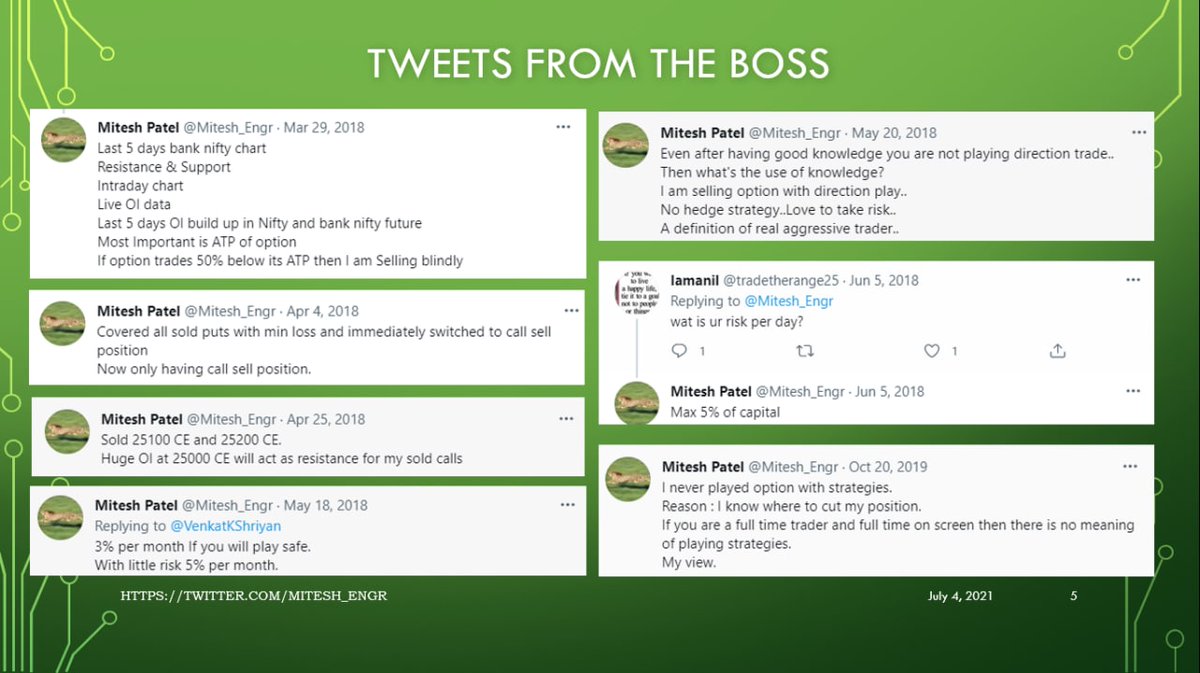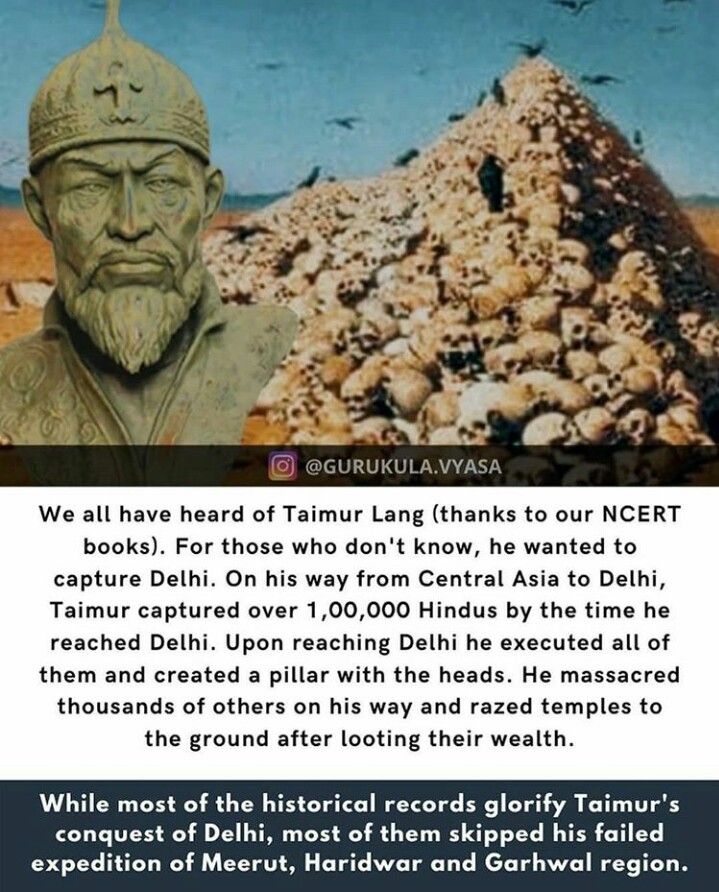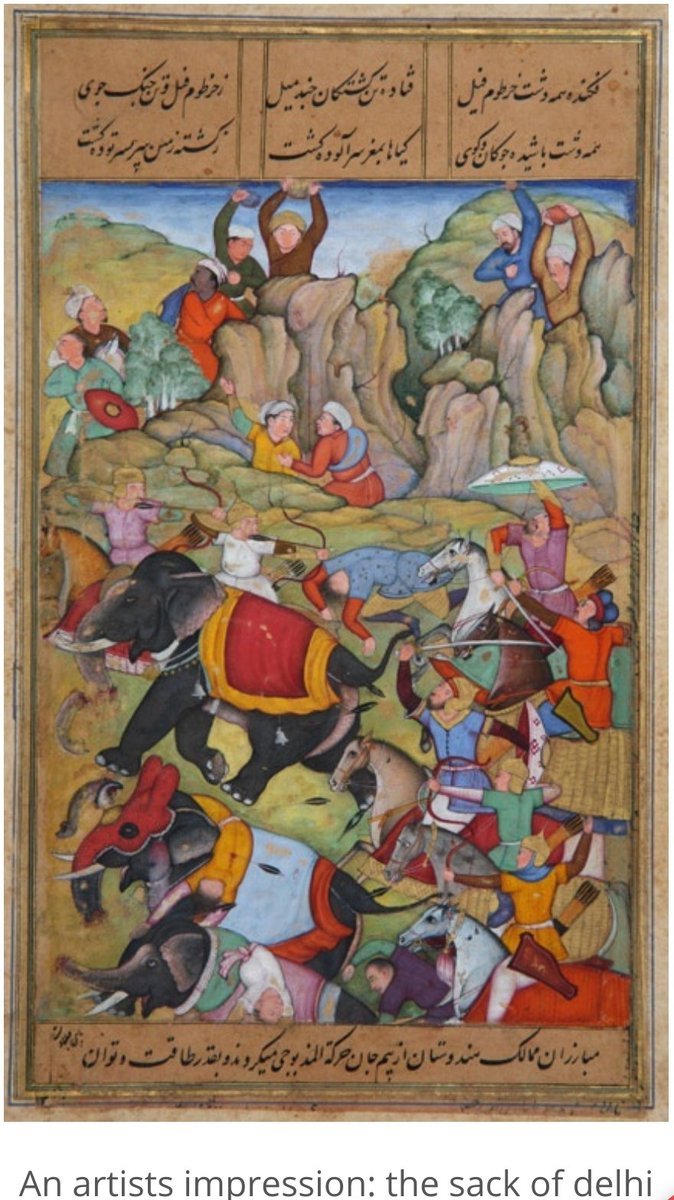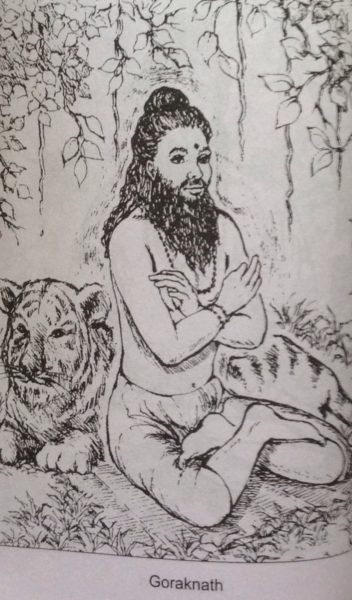Thread: Maktab/Islamic supplementary school Teacher training handbook.
My Muslim Uni professor once commented on early Muslim works relating to education as being an example of what we would today refer to as self help/training manuals for teachers. #education #IsEd #teacher


1. What is Ilm?
2. The virtues of teaching & learning
3. The deeni dunyawi binary?
4. The history of UK maktabs
5. Why do you want to teach at a maktab? Quran literacy, Islamic studies or both?
6. Planning your journey through maktab training
8. Reflective practice
9. Feedback & development
10. Potential challenges to teaching
11. Resilience...
What about teaching practice? That’s where discussions around ‘What do maktab teachers do?’ can take place...
2. What is teaching and what are teacher competencies?
3. Pedagogy: Planning lessons, creating resources, being inclusive, classroom management, checking progress & assessment, pastoral support.
والله ولي التوفيق




